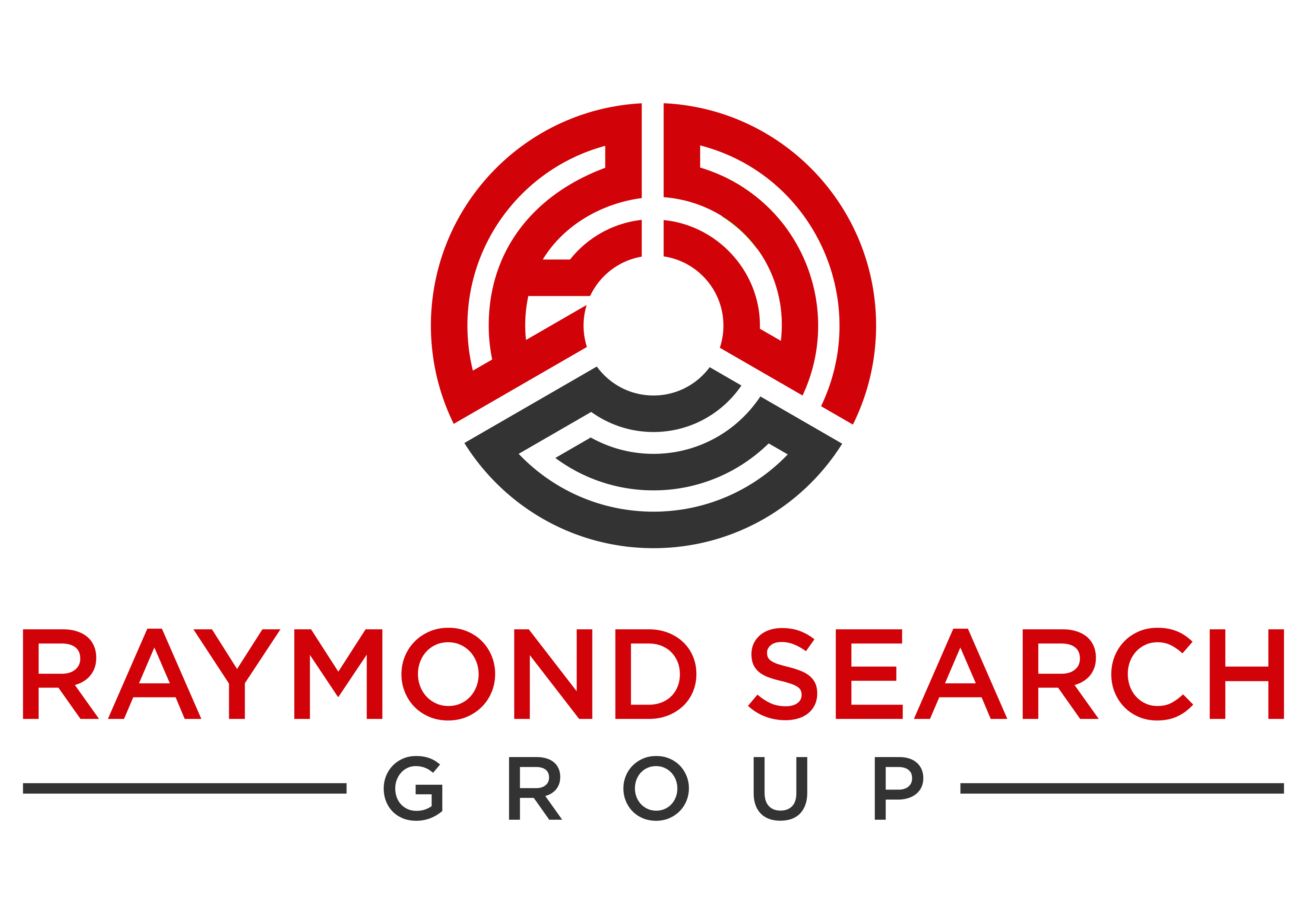
In today’s fast-paced and ever-evolving business landscape, organizations face the constant challenge of ensuring continuity and sustainability. An integral aspect of long-term success lies in effective leadership and strategic succession planning. Building a pipeline of capable leaders who can seamlessly transition into key roles is critical to navigate the future with confidence. In this blog, we will explore the importance of leadership and succession planning and discuss strategies for cultivating a robust leadership bench.
The Significance of Leadership and Succession Planning:
Leadership is the driving force behind any successful organization. Effective leaders provide vision, inspire teams, and make crucial decisions to steer the company towards its goals. However, relying solely on a few exceptional individuals can create vulnerability and hinder growth potential. Succession planning mitigates this risk by identifying and nurturing potential leaders within the organization, ensuring a smooth transition when key positions become vacant.
Identifying Leadership Potential:
The first step in succession planning is identifying individuals with high leadership potential. Look beyond job titles and assess employees based on their skills, competencies, and commitment to the organization’s values. Create a culture that encourages and rewards initiative, innovation, and continuous learning. By observing their performance, teamwork, and ability to handle challenges, you can identify employees who demonstrate the qualities required for future leadership roles.
Developing Leadership Skills:
Once potential leaders are identified, it is crucial to invest in their development. Offer mentoring programs, leadership workshops, and executive education to enhance their skills, knowledge, and decision-making abilities. Assign them to challenging projects or cross-functional teams to broaden their exposure and foster a holistic understanding of the organization. Encourage them to take on leadership roles gradually, allowing them to build confidence and experience while receiving guidance and feedback from current leaders.
Creating a Succession Plan:
A comprehensive succession plan outlines the roadmap for leadership transitions. Identify critical positions within the organization and develop a succession timeline for each role. Document the required skills, competencies, and experiences for each position and map potential successors accordingly. By creating a structured plan, you can ensure a smooth transfer of responsibilities and reduce disruption during leadership changes.
Encouraging Collaboration and Knowledge Sharing:
Leadership is not confined to individual roles; it should permeate throughout the organization. Encourage collaboration and knowledge sharing among employees, creating an environment that fosters continuous learning and development. Implement mentorship programs and cross-functional projects to facilitate the exchange of ideas and experiences, nurturing a culture of collective leadership.
Embracing Diversity and Inclusion:
In building a leadership pipeline, it is essential to embrace diversity and inclusion. A diverse leadership team brings a wide range of perspectives, experiences, and ideas to the decision-making process. By actively seeking out individuals from different backgrounds, genders, and cultures, organizations can tap into a broader talent pool and benefit from a well-rounded leadership team that reflects the diverse needs of their stakeholders.
Regular Evaluation and Adjustments:
Succession planning is an ongoing process that requires regular evaluation and adjustments. Review the progress of potential leaders periodically, providing feedback and guidance to support their growth. As the organization evolves, reassess the succession plan to align with new goals and strategies. Adaptability and flexibility are key to building a future-ready leadership pipeline.
Building for the future requires a proactive approach to leadership and succession planning. By identifying and nurturing potential leaders within the organization, organizations can ensure a smooth transition of responsibilities, maintain continuity, and foster long-term success. Effective leadership development programs, comprehensive succession plans, and a commitment to diversity and inclusion are essential elements in creating a robust leadership bench. Invest in your people today to build a sustainable tomorrow.





